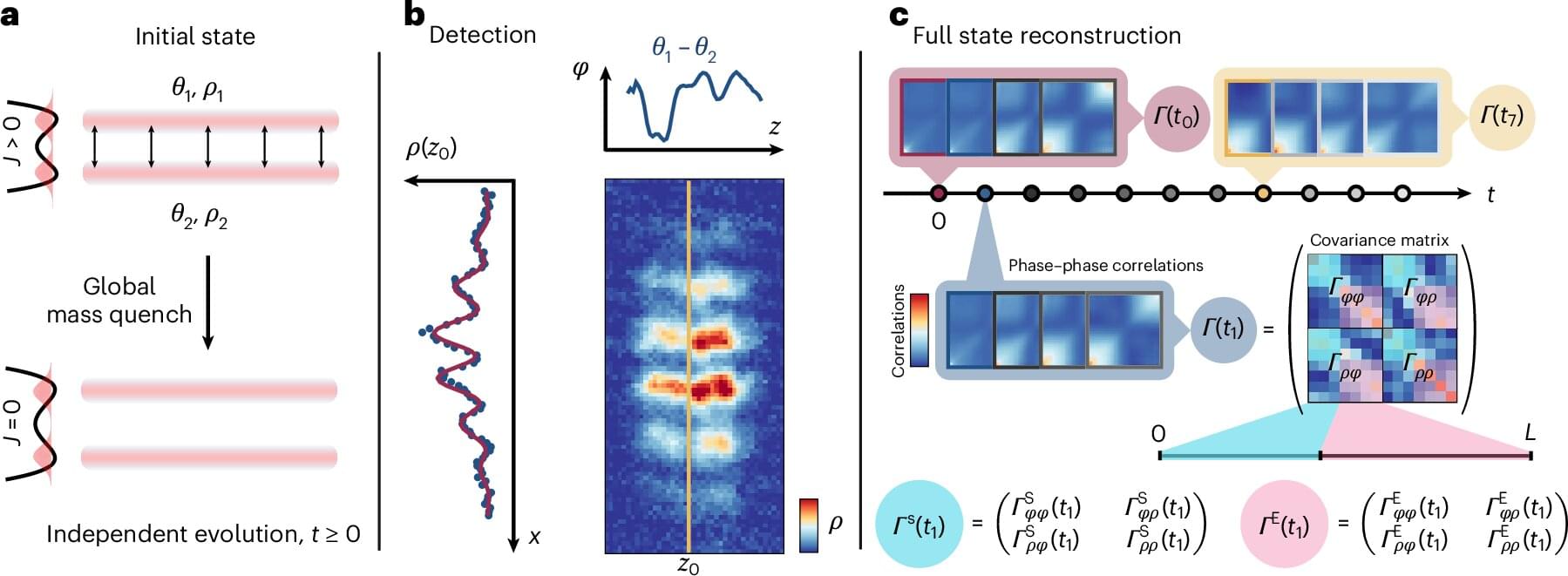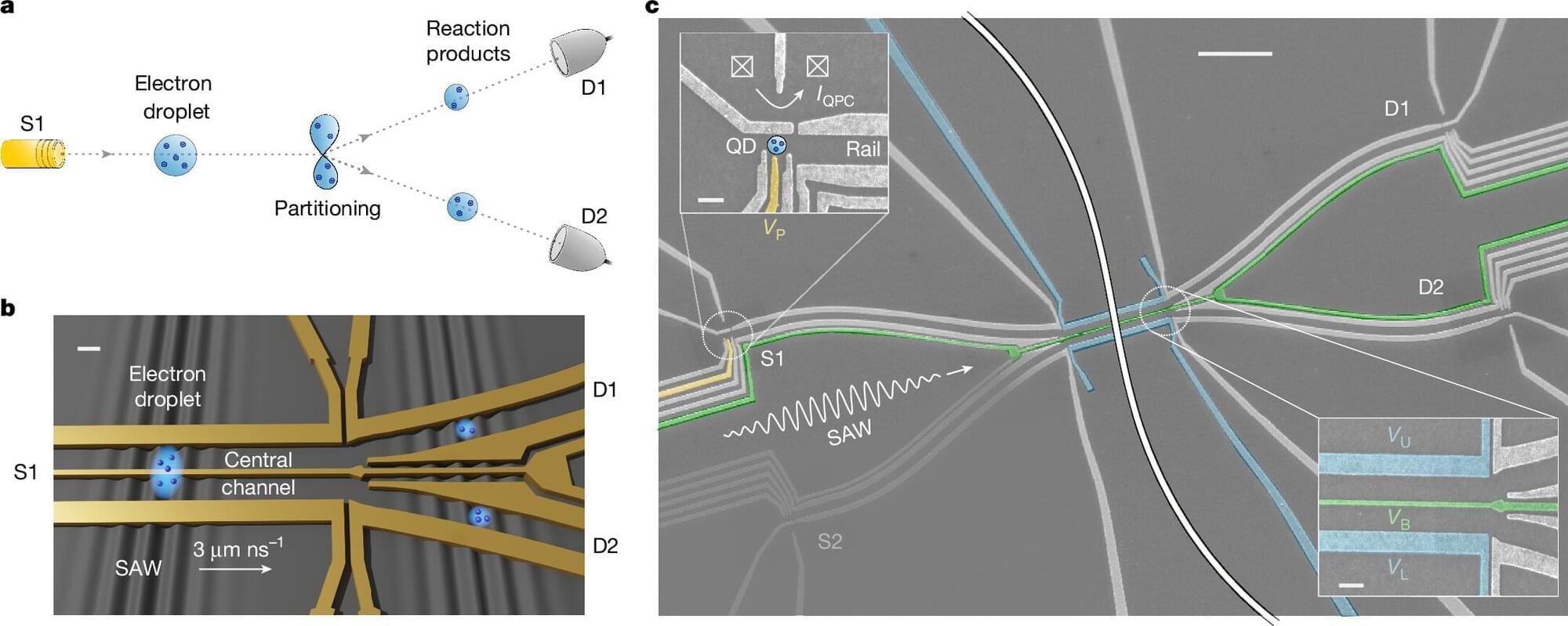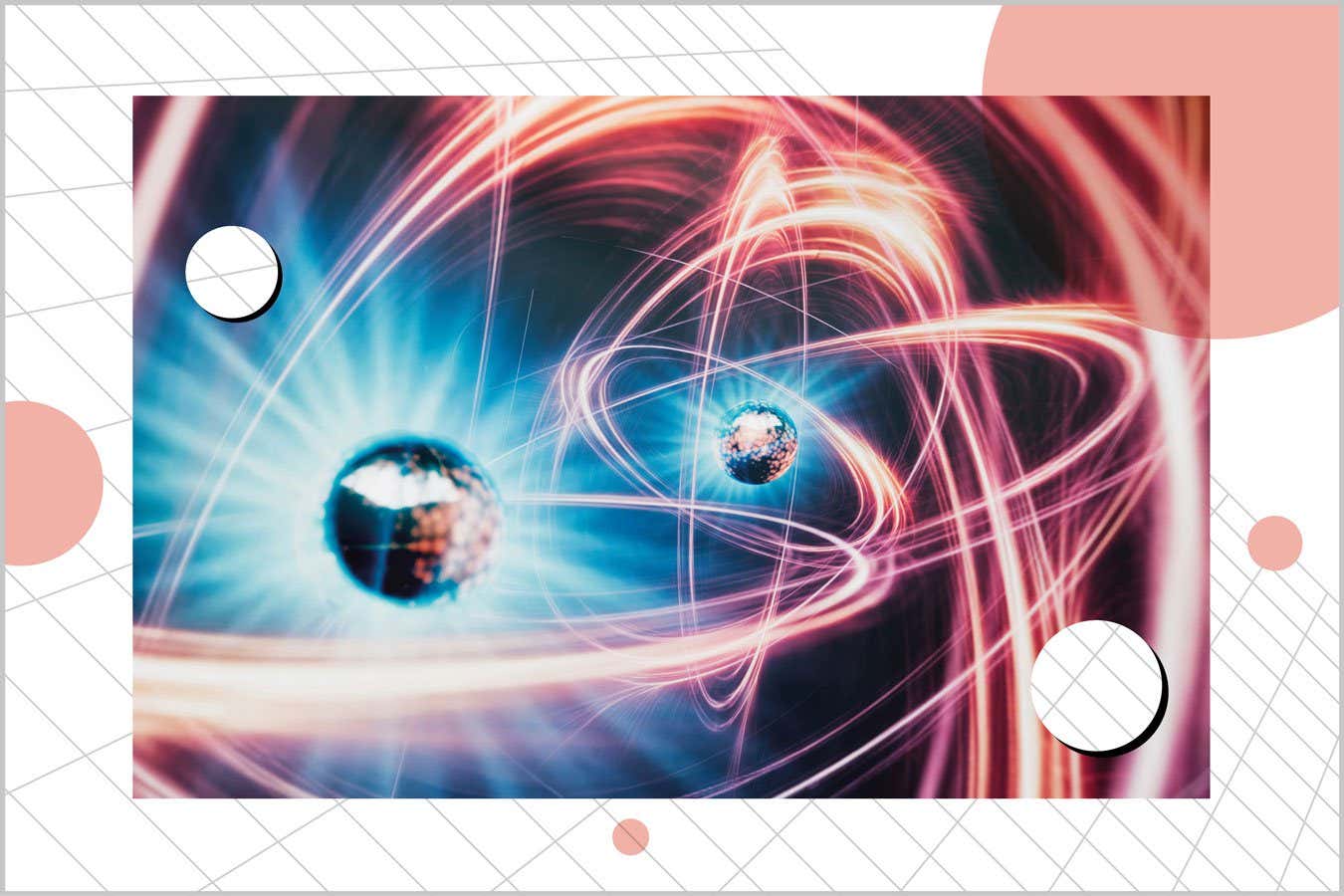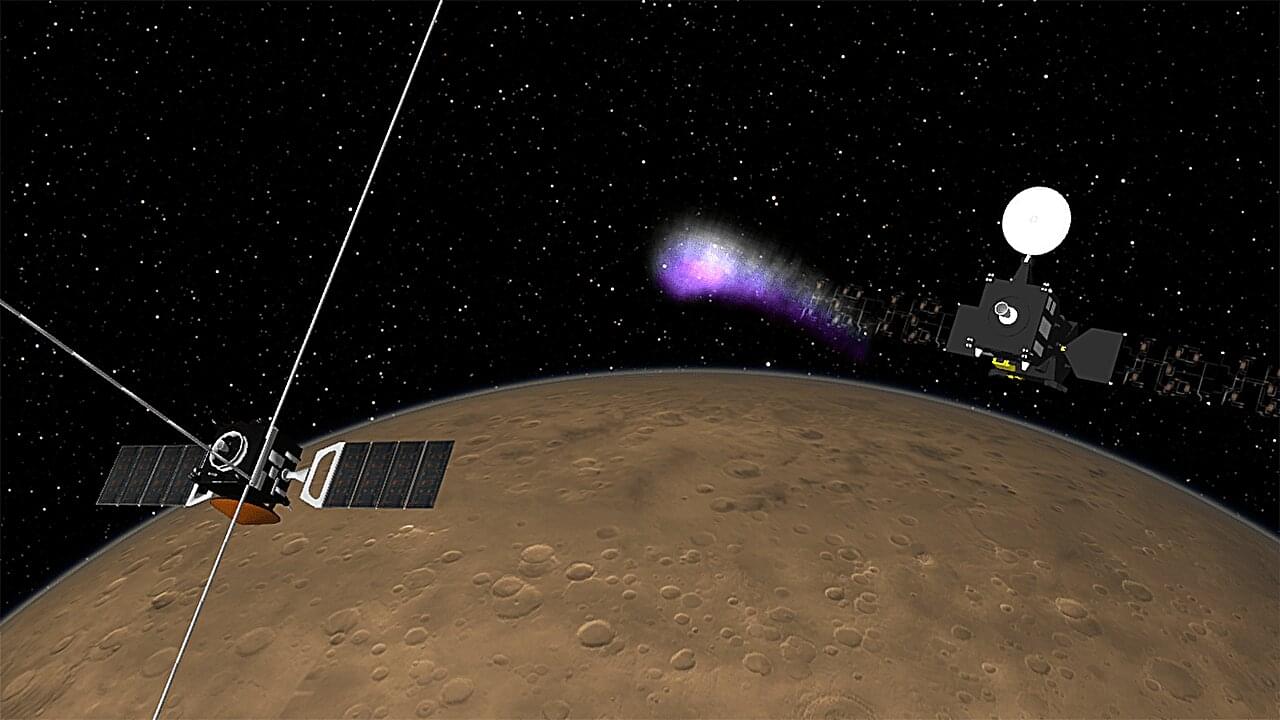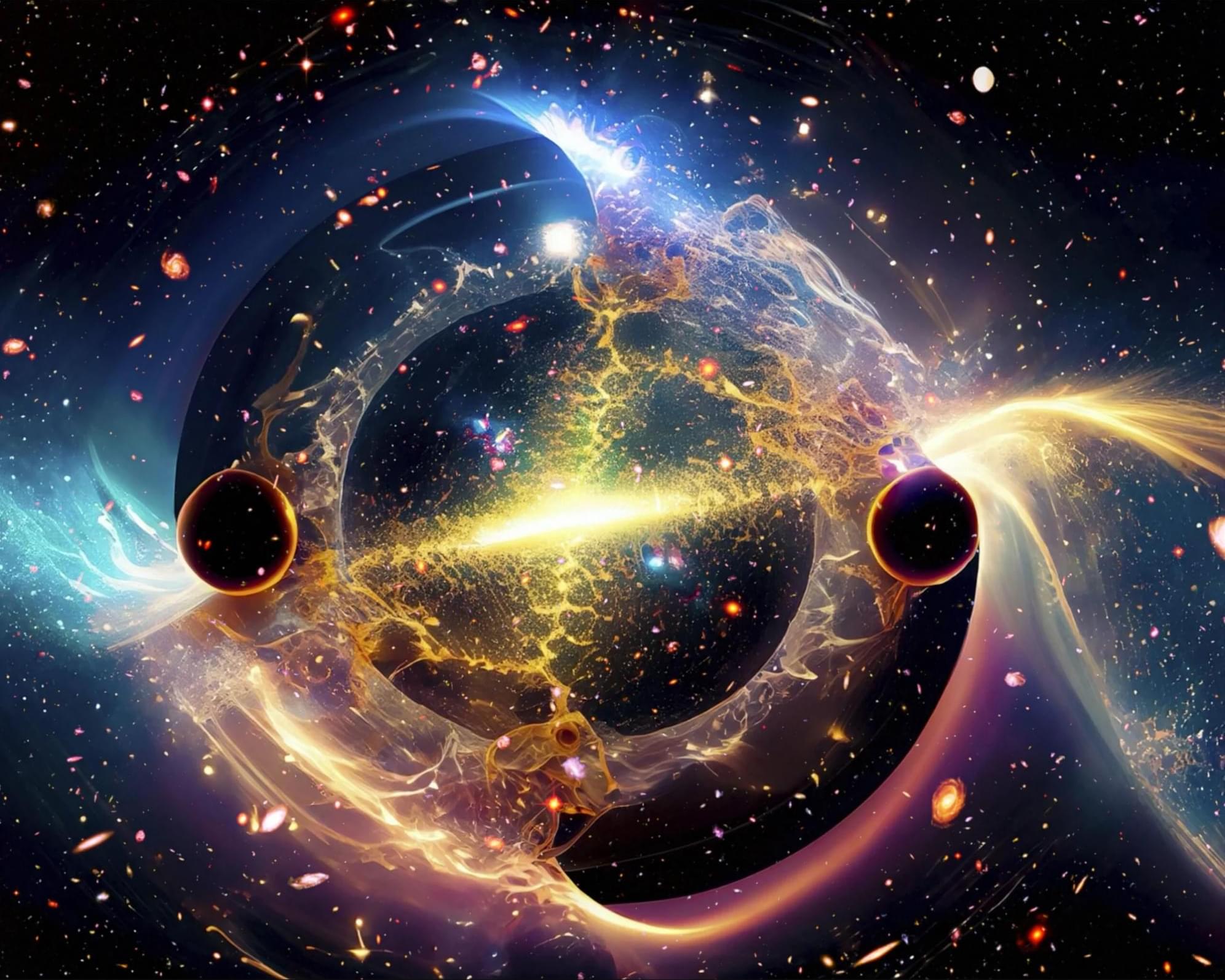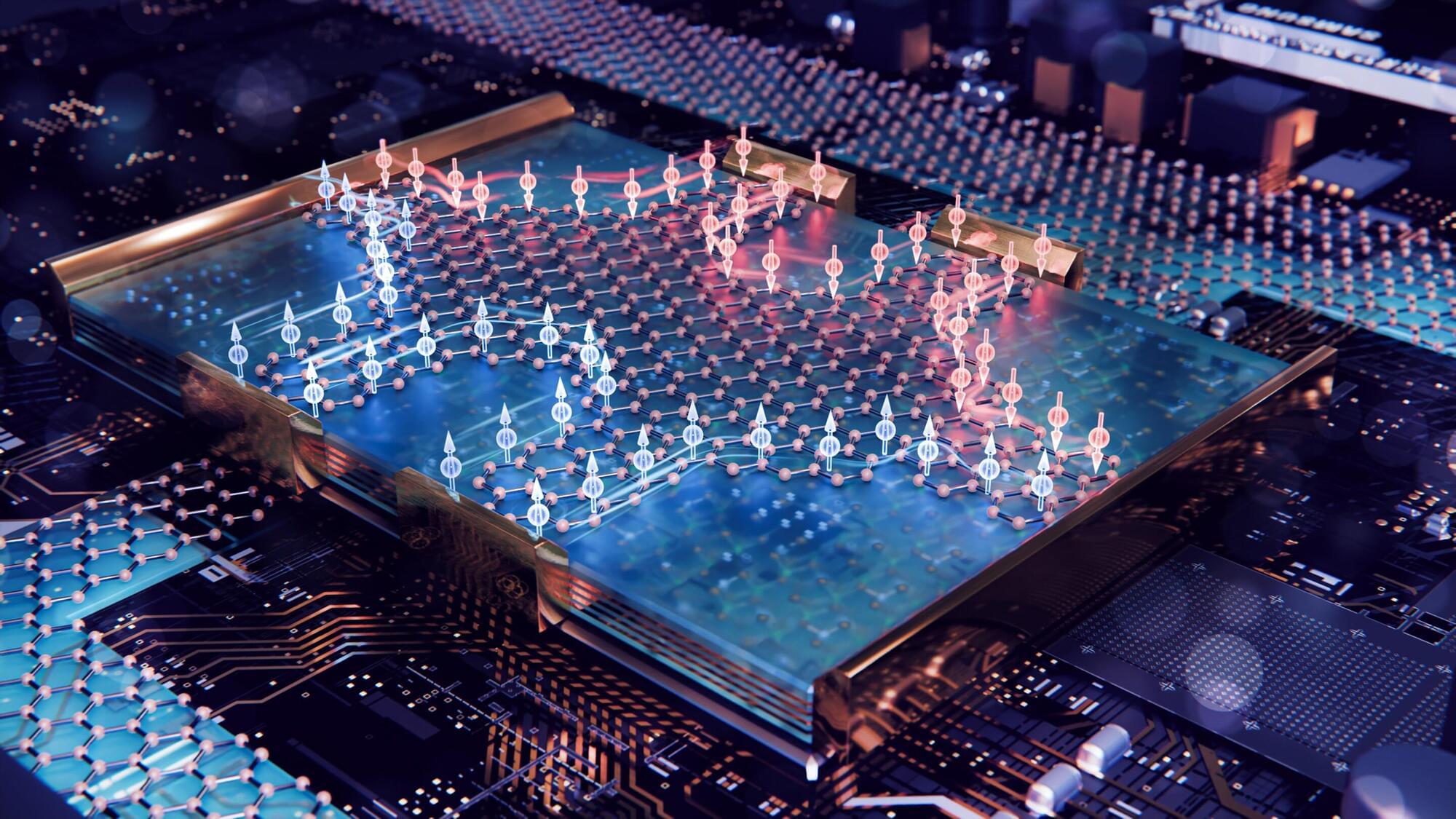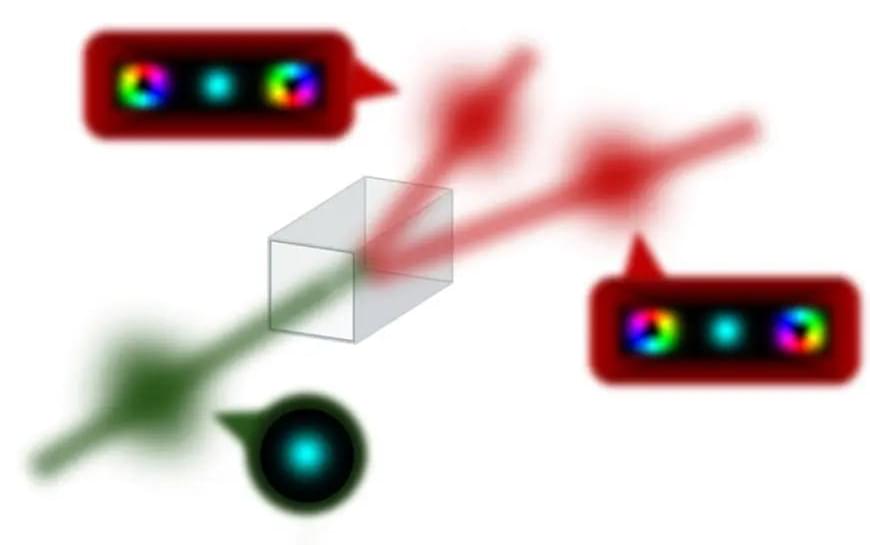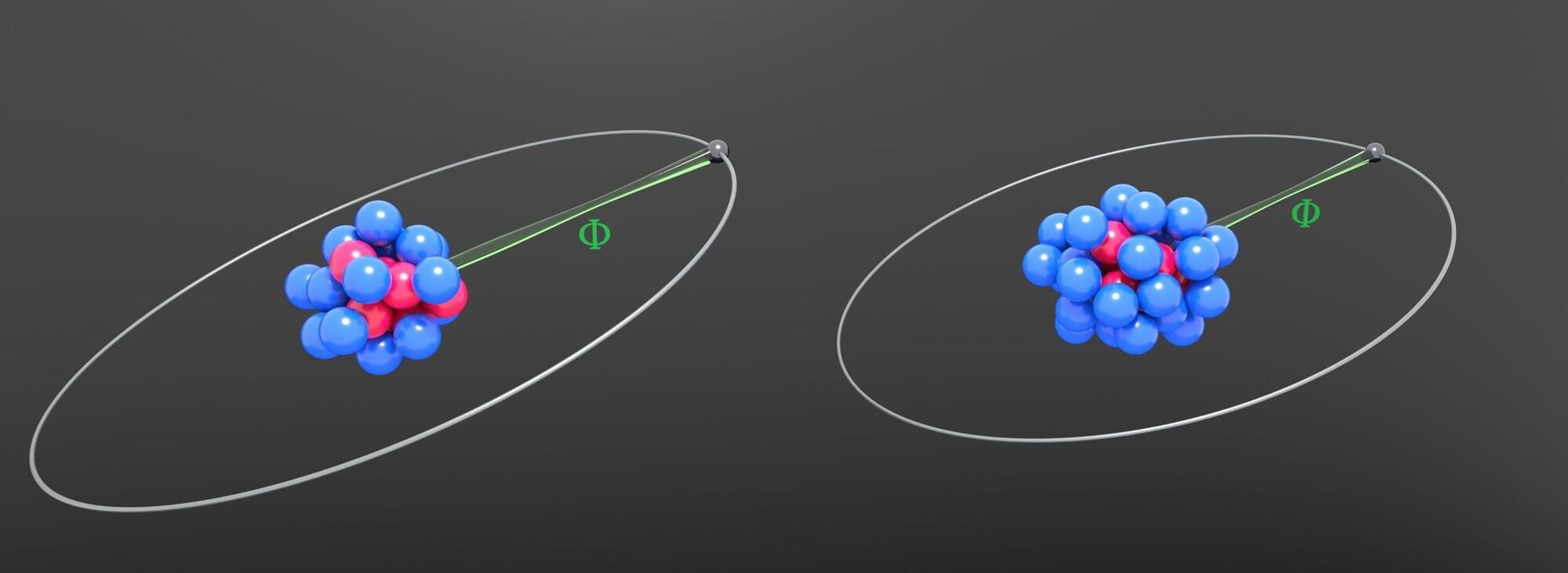Landauer’s principle is a thermodynamics concept also relevant in information theory, which states that erasing one bit of information from an information system results in the dissipation of at least a specific amount (i.e., kBTln2) of energy. This principle has so far been primarily considered in the context of classical computers and information processing systems.
Yet researchers at TU Vienna, the Freie Universität Berlin, the University of British Columbia, the University of Crete and the Università di Pavia recently extended Landauer’s principle to quantum many-body systems, systems made up of many interacting quantum particles.
Their paper, published in Nature Physics, introduces a viable approach to experimentally probe this crucial principle in a quantum regime and test theoretical predictions rooted in quantum thermodynamics.
